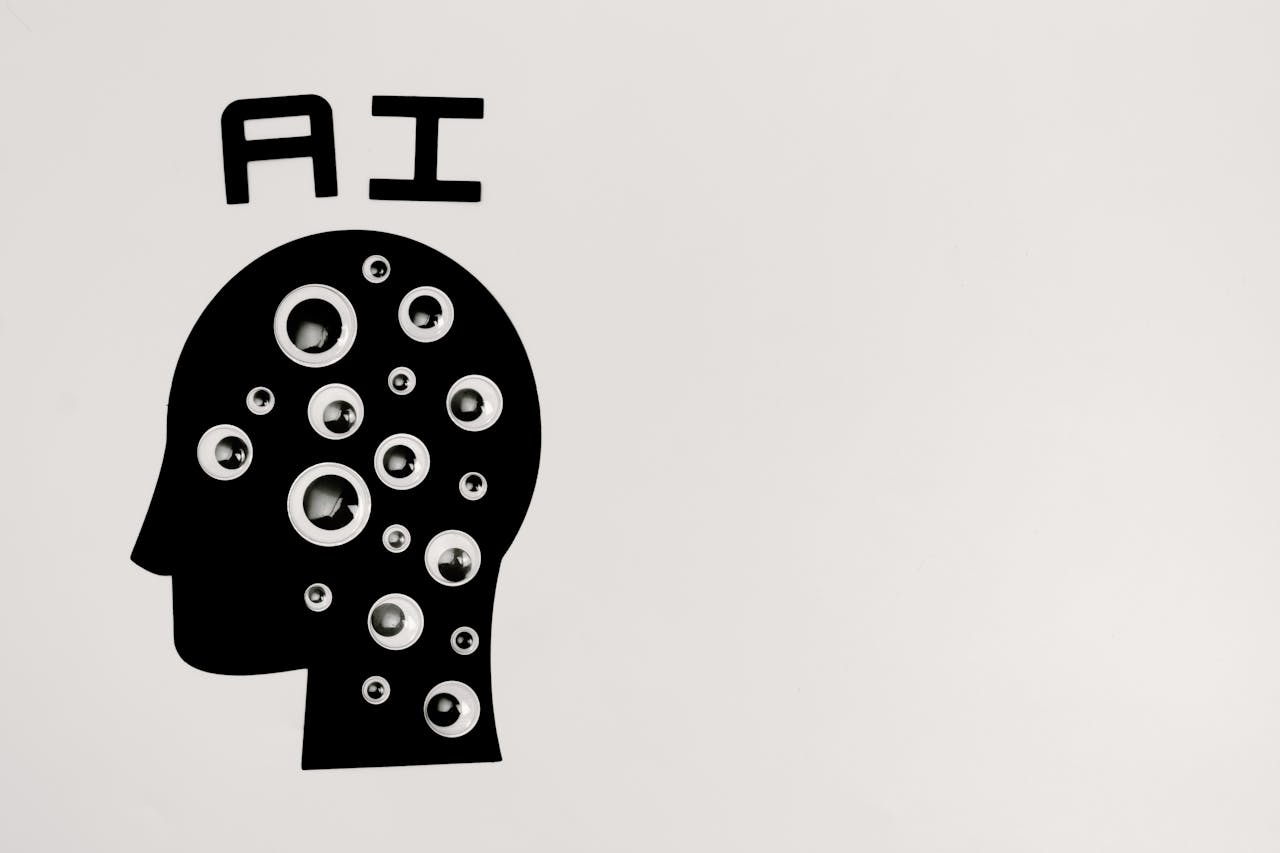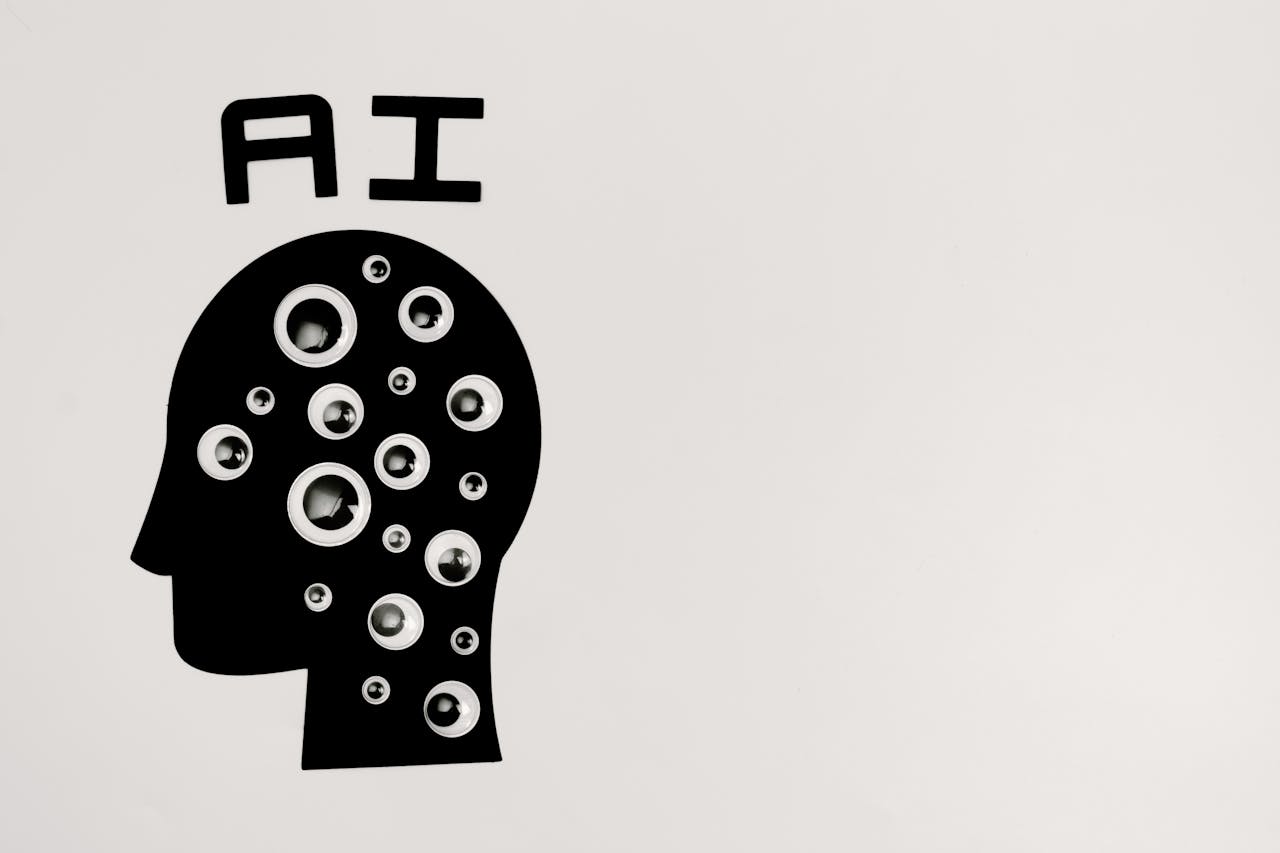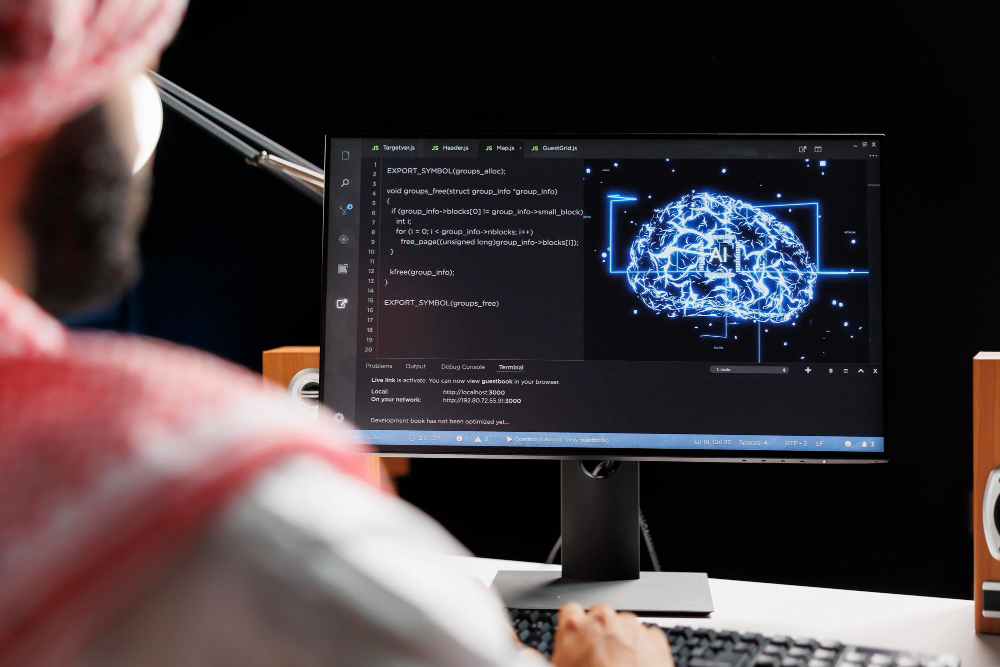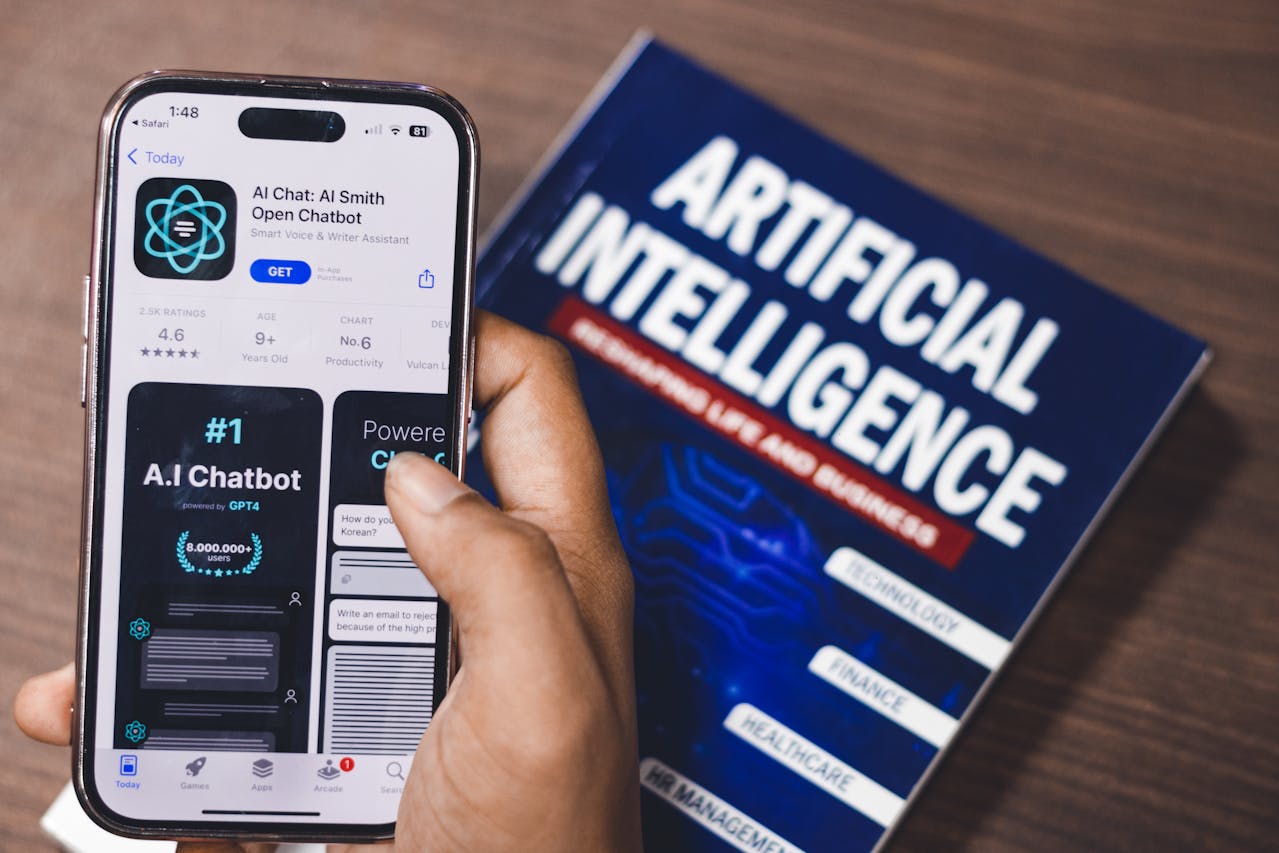Cybersecurity has become one of the most critical pillars of modern life. From personal banking to global supply chains, every online interaction carries potential risks. As cyber threats grow in sophistication, traditional security systems often struggle to keep up. Artificial intelligence (AI) is transforming that reality, ushering in a new era of defense that is faster, smarter, and more adaptive.
By leveraging machine learning, pattern recognition, and predictive analytics, AI is changing how organizations detect, respond to, and prevent attacks. This fusion of cybersecurity and AI represents a complete reimagining of what digital protection means in the modern age.

The Evolution from Reactive to Proactive Defense
For many years, cybersecurity has been reactive, responding to threats after they occur. Firewalls and antivirus software, while effective in the past, depend on known signatures and rules to identify malicious activity. The challenge is that new forms of malware emerge daily, often designed to bypass traditional defenses.
AI changes this approach by introducing predictive capabilities. Through continuous learning, AI systems analyze massive data sets, identifying patterns that suggest suspicious behavior even before a breach takes place. This proactive stance significantly reduces response times, allowing organizations to stay one step ahead of cybercriminals instead of scrambling to repair the damage after an attack.
AI-Powered Threat Detection and Response
Modern cyberattacks are intelligent, adaptive, and designed to exploit human and system vulnerabilities. AI enhances detection by analyzing millions of data points across networks, emails, and applications in real time, with automation in cybersecurity allowing systems to identify and react to anomalies faster than ever before. Machine learning algorithms detect anomalies that human analysts might overlook, such as subtle deviations in user behavior or irregular traffic flows.
Once detected, AI-driven systems can automatically isolate the threat, initiate countermeasures, and notify security teams. This automation improves accuracy and minimizes the window of vulnerability, turning what once took hours or days into seconds.
Machine Learning’s Role in Strengthening Defenses
At the heart of AI’s cybersecurity revolution lies machine learning (ML). ML allows security systems to evolve as threats evolve. By processing vast amounts of historical and real-time data, these algorithms learn to distinguish between normal and abnormal activities.
They refine their accuracy, reducing false positives and improving decision-making. For example, ML models can recognize when a login attempt from an unusual location might be a potential intrusion rather than a legitimate access. This continuous improvement means that defenses are no longer static but dynamic, growing more intelligent with every data interaction.
Combating Phishing and Social Engineering Attacks
Phishing remains one of the most common entry points for cybercriminals, often exploiting human psychology rather than system flaws. Traditional spam filters can catch many malicious emails, but advanced phishing schemes use personalization and language that mimic legitimate communication.
AI tools, using natural language processing (NLP), can analyze tone, context, and structure to detect deceitful intent. These systems scan billions of messages, identifying inconsistencies that humans might miss.
Beyond emails, AI can monitor social platforms and messaging apps for suspicious patterns, giving organizations early warnings about targeted social engineering campaigns before they escalate into major breaches.
Enhancing Identity and Access Management
The growing complexity of digital ecosystems makes identity and access management (IAM) a cornerstone of cybersecurity. AI enhances IAM by adding intelligence to authentication processes.
Biometric systems powered by AI can detect micro-patterns in voice, typing rhythm, or facial recognition data, ensuring that access is granted only to verified users. Behavioral analytics further refines this process by monitoring how users interact with systems, flagging anomalies such as unusual login times or device usage.
These adaptive systems create a more secure and seamless experience for legitimate users while making unauthorized access exponentially more difficult.
AI in Incident Prediction and Risk Analysis
Prevention is the ultimate goal of cybersecurity, and AI brings unprecedented predictive capabilities to this effort. By combining big data analytics with predictive modeling, AI can forecast potential vulnerabilities and attack vectors.
It can assess network activity, software configurations, and external threat intelligence to pinpoint weaknesses before they are exploited. This foresight allows organizations to patch vulnerabilities, update protocols, and strengthen defenses preemptively.
In industries such as finance and healthcare, where downtime or data breaches carry enormous costs, AI’s predictive analysis has become a strategic asset that safeguards operations and reputation.
Challenges and Ethical Considerations in AI Security
While AI strengthens cybersecurity, it introduces new challenges. Cybercriminals are beginning to use AI themselves, developing malware that can learn, adapt, and evade detection. This creates an escalating technological arms race between defenders and attackers.
There are ethical questions about privacy, bias, and over-reliance on automation. If AI systems are trained on biased data, they may misinterpret legitimate activity as a threat or fail to recognize real dangers.
Transparency, accountability, and human oversight remain important in deploying AI-driven defenses responsibly. Balancing automation with ethical governance ensures that AI serves as a tool for protection rather than a potential vulnerability in itself.
The Human-AI Partnership in Cyber Defense
Despite the power of AI, human expertise continues to play a crucial role in cybersecurity. Machines excel at processing data and recognizing patterns, but they lack the contextual understanding and creativity of human analysts.
The most effective defense strategy merges the strengths of AI managing repetitive and data-intensive tasks, while humans focus on strategy, investigation, and innovation. This partnership enables faster response times and more nuanced decision-making.
Cybersecurity professionals who embrace AI not as a replacement but as an augmentation of their capabilities will lead the industry into a future defined by resilience, adaptability, and intelligence.

The integration of artificial intelligence into cybersecurity marks a defining shift in how digital protection is conceptualized and executed. AI transforms passive defense into a proactive strategy, empowering systems to detect, predict, and neutralize threats with speed and precision.
From machine learning and behavioral analytics to automated threat response and predictive risk management, every layer of cybersecurity is being reshaped. Technology alone is not the answer. The human element remains critical in ensuring ethical and strategic use.
As this partnership deepens, AI will continue to redefine what safety means, leading cybersecurity into an era where intelligence becomes its greatest shield.




